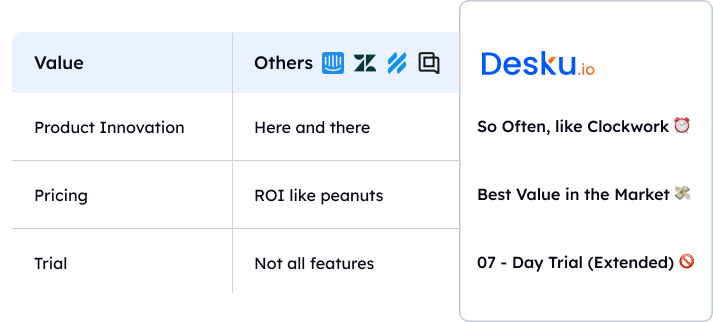A code of practice is a set of guidelines or rules that outline how people should behave in a particular situation. It is designed to ensure that everyone involved in a particular activity or profession follows the same standards and practices. Codes of practice are often used in the workplace to ensure that employees are aware of their rights and responsibilities, and to ensure that they are treated fairly and consistently.
Having a code of practice can provide numerous benefits to businesses and organizations. It can help to ensure that employees are aware of their rights and responsibilities, as well as the standards of conduct expected of them. It can also help to ensure that employees are treated fairly and consistently, and that any disputes are resolved quickly and efficiently. Additionally, having a code of practice can help to protect the organization from legal action, as it provides a clear set of guidelines for employees to follow. Finally, having a code of practice can help to improve the organization’s reputation, as it demonstrates a commitment to ethical and responsible behavior.
A code of practice is a set of guidelines that outlines the standards of professional conduct and behavior expected of individuals in a particular field. The key elements of a code of practice include:
1. Professionalism: This element outlines the standards of behavior expected of individuals in the field, such as respect for colleagues, honesty, and integrity.
2. Accountability: This element outlines the individual’s responsibility to adhere to the code of practice and the consequences of not doing so.
3. Transparency: This element outlines the need for individuals to be open and honest in their dealings with others.
4. Respect: This element outlines the need for individuals to treat others with respect and dignity.
5. Confidentiality: This element outlines the need for individuals to protect confidential information and not to disclose it without permission.
Creating a code of practice involves several steps. First, identify the purpose of the code and the stakeholders who will be affected by it. Next, research existing codes of practice and relevant laws to ensure your code is compliant. Then, draft the code of practice, taking into account the needs of the stakeholders. Finally, consult with stakeholders to ensure the code is acceptable and make any necessary revisions. Once the code is finalized, it should be communicated to all stakeholders and regularly reviewed to ensure it remains up to date.
Not following a code of practice can have serious consequences, including legal action, fines, and loss of reputation. Depending on the industry, failure to adhere to a code of practice can also lead to the suspension or revocation of professional licenses or certifications. Additionally, not following a code of practice can lead to a lack of trust from customers, clients, and other stakeholders, which can have a negative impact on a business’s bottom line.











